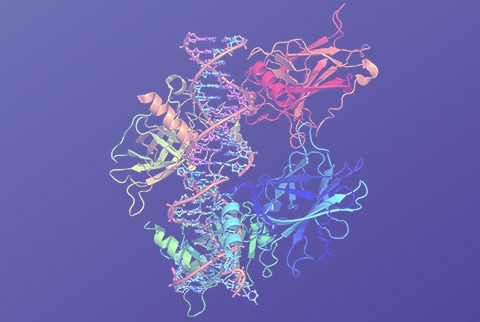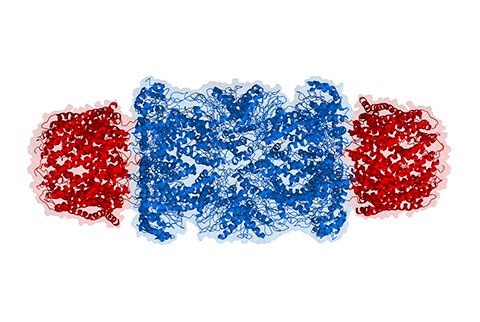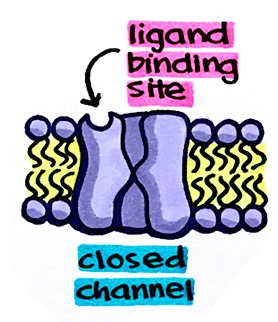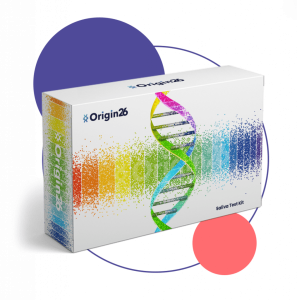What are Proteins?
Discover the proteins, the molecules of which we are made
Protein is the workhorse of our body
Protein makes up about 42% of our body’s dry weight. Protein collagen, which holds our skin, tendons, muscles, and bones together, makes up about a quarter of total body protein.
All of our cells and even blood are filled with protein molecules. This watercolor by David S. Goodsell shows part of a red blood cell, top left, filled with hemoglobin molecules.


Proteins are versatile
Different arrangements of amino acids can produce proteins that are extremely strong, as in silk fibers, or flexible and elastic, as in the elastin in our skin. And like pieces of a puzzle, proteins can fit together with other molecules. For example, each type of antibody in our blood has a unique arrangement of amino acids at its ends that can attach to a specific pathogen, marking it for destruction by the immune system.
PERSONALIZED ASSESSMENT
Your Precision Health
Your DNA test includes:
1 DNA sampling kit delivered to your home.
SNP and gene explorer
Laboratory analyzer, follow-up and recommendations
Comprehensive food, nutrition and fitness reports
Personalized nutritional formula
Your secure information

Proteins work together
Proteins must physically interact with each other and with other molecules to do their job. These interactions can activate an enzyme, activate a gene or communicate a message from one cell to another.
Interactions between proteins depend not only on their shape but also on their chemical properties: positively and negatively charged amino acids attract each other; hydrophobic residues cluster together away from the water. These physical properties allow proteins to interact in specific ways.

Proteins change shape
Cells are driven by movements, largely driven by proteins. Many proteins are flexible and dynamic. Motor proteins, for example, bend and sway to literally traverse the cell’s cytoskeleton. And when the acetylcholine neurotransmitter binds to its receptor, the entire protein molecule moves, causing a hole to open in its center. The sodium ions pass through the opening, setting off a chain reaction that will trigger a nerve signal through the brain.


Proteins are recycled
Like us, plants and animals are made of protein. When we eat them, we eat protein. Protein rich foods such as beans, meat, fish, cheese, eggs and nuts give us both energy and building blocks to grow and maintain a healthy body. The proteins we eat are broken down into their individual amino acid building blocks. We reuse these amino acids to build new proteins.

